The 5 ways to help fight hunger you probably didn’t know existed
1. It starts with local solutions 💡
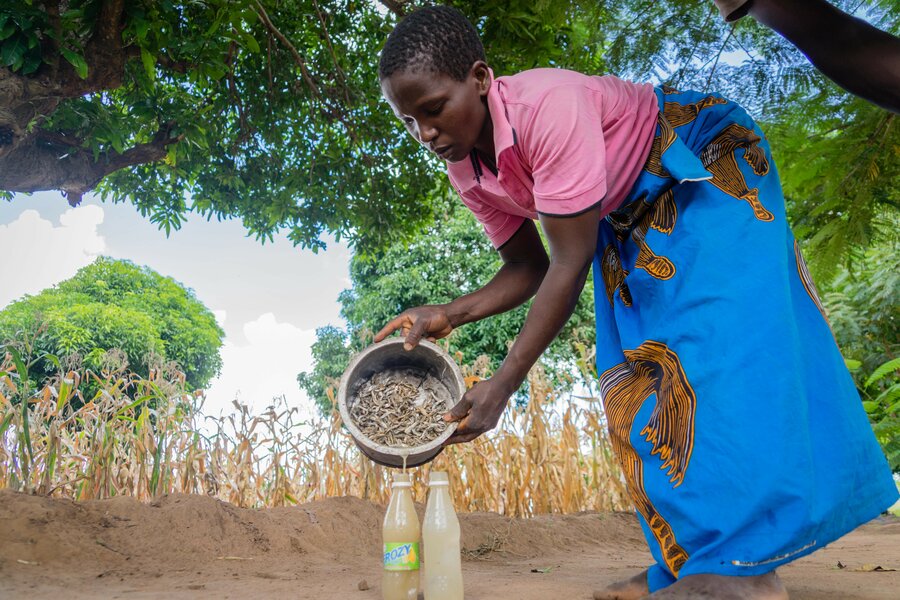
Laika James' field was infested by fall armyworms, an insect that has attacked millions of farmers' crops throughout Africa. Laika follows WFP's advice and uses an organic treatment with locally available products including sugar and fish.
"The soup will attract ants which in turn will eat the worm. It can possibly save my crop at a very cheap price."
2. Home-made compost can turn sand into food 🌽
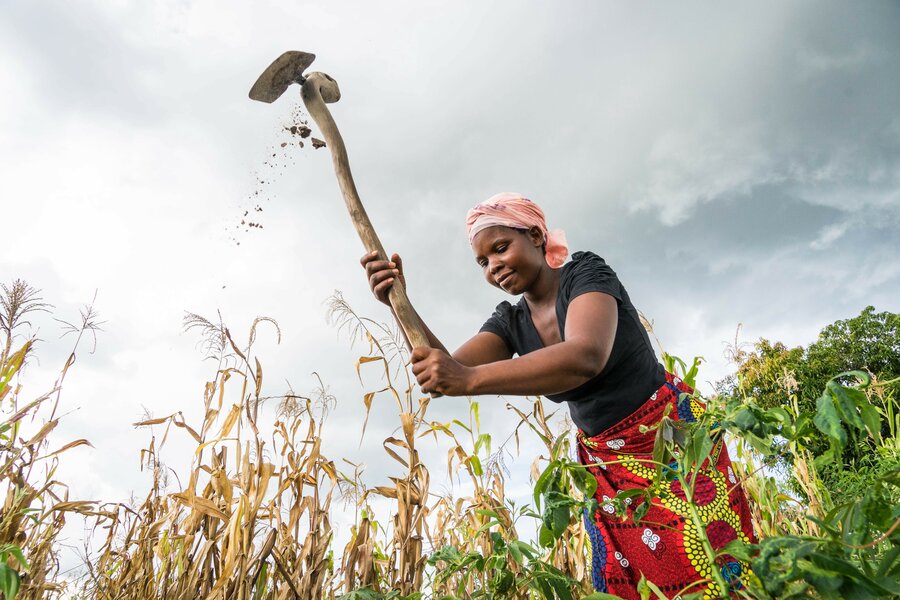
Estelle Issa participated in a WFP training on compost. Now she makes her own compost manure to fertilize her land instead of buying and only using fertilizers.
"I have revitalized an acre of sandy degraded land which was not producing anything. I am now growing cassava and maize."
3. Sometimes, it's all about packaging 📦
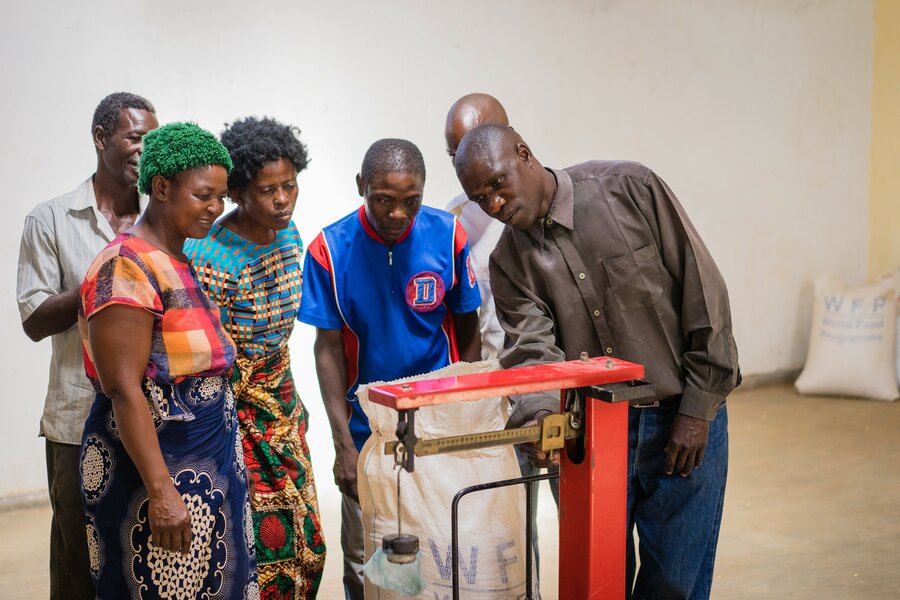
Up to 40% of a smallholder farmer's harvest can be lost after just a few months. Poor storage is often one of the main culprits. The Chairperson of Namangale Farmer Organization Mary Chikopawhich received WFP training on preventing post- harvest loss and now helps others in her community with the same problem.
"Now we handle, grade and bag the food properly and we fetch good prices on the market. Since I joined the project, I am earning more money. I sent my daughter to university and built a new house for my family."
4. Micro-savings can have a big impact 💰
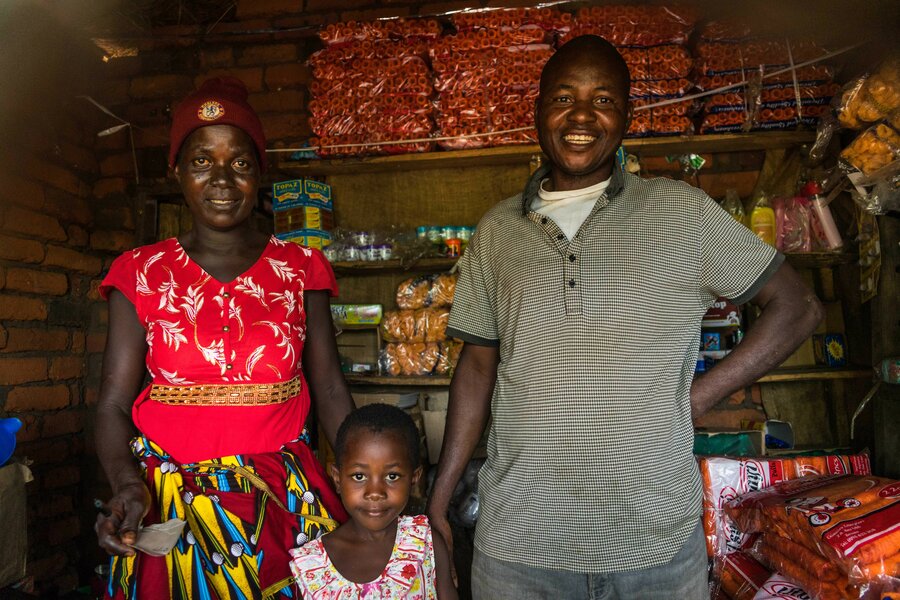
Back in 2015, Dorothy and Sani Muhura struggled to provide enough food for their children year round. For the last three years, they have been participating in WFP's Food Assistance for Assets (FFA) initiative. They are also members of a Village and Saving Loans Group — a community micro-credit scheme. They have managed to leap of poverty.
"With the money we saved and the interest rate, we manage to open this shop which is now a stable income for our family."
5. Of course it's the environment 🌴⛰
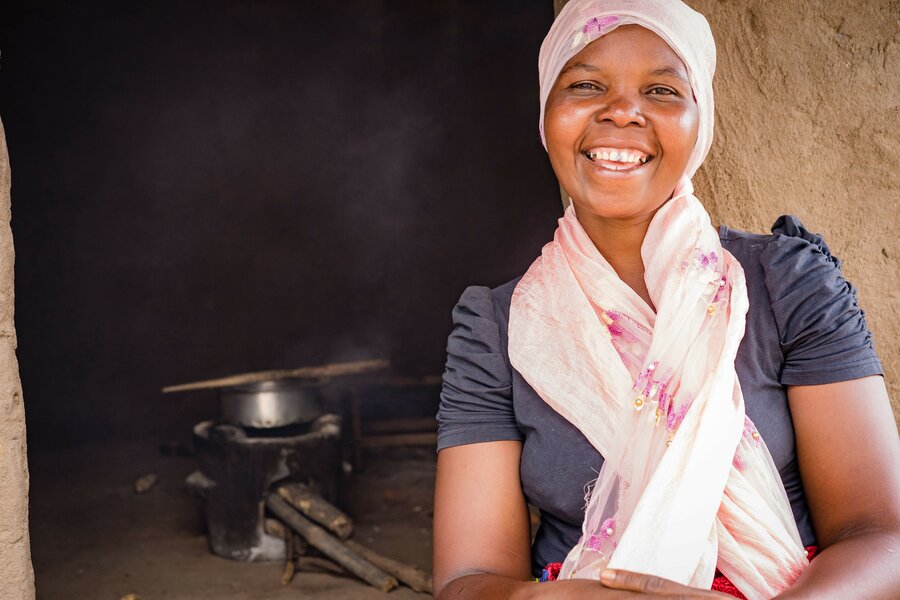
Protecting the environment with solutions like afforestation and providing fuel-efficient stoves is key. Bridget Rodgers' cooking stove consumes half the amount of firewood than her traditional one needed to work.
"This means that I am going less often to the bush to collect firewood and I have more time for me and my family"
With the majority of the population dependent on agriculture that comes from smallholder farmers, Malawi is highly vulnerable to climatic shocks. From the worst flood in 50 years in 2015, to the strongest drought in 35 years in 2016, Malawi has faced successive climatic shocks in recent years.
Tackling climate change and fighting hunger cannot be achieved in isolation. Poverty, gender inequality, and limited access to assets and markets are just some of the factors WFP is trying to address to break the cycle of hunger and make Malawi more resilient to natural disasters.
Thanks to the support of USAID, DFID, Norway, Germany and the Swiss Cooperation, WFP is developing an full package of interventions for Laika, Estelle, Mary, Dorothy, Sani, Bridget and over 730,000 people in Malawi.
